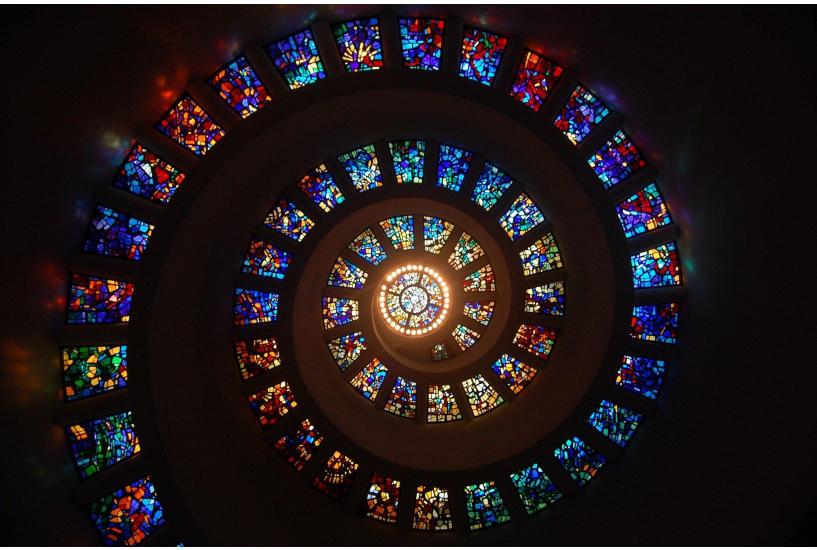According to a recent article published by the New York Times, Christianity has weakened drastically since the 1960s. Lots of people who once would have been lukewarm Christmas-and-Easter churchgoers now identify as having “no religion” or being “spiritual but not religious.” Yet, even with America’s churches in decline, the religious impulse has hardly disappeared. In the early 2000s, over 40 percent of Americans answered with an emphatic “yes” when Gallup asked them if “a profound religious experience or awakening” had redirected their lives; a number that doubled since the 1960s, when institutional religion was more vigorous. Steven D. Smith, a law professor at the University of San Diego, argues that what is actually happening is the return of a pagan religious conception, which was half-buried by the rise of Christianity.
Americans are looking for a divinity that is part of nature rather than an external creator; meaning, morality, and metaphysical experience that can be sought in communion with the world rather than a leap toward the transcendent. Paganism provides this and more. In paganism, the purpose of religion and spirituality is therapeutic; it is a means of seeking harmony with nature and happiness in the everyday, which is meaningful and not random, a place where we can truly hope to be at home.
Many traditional holidays, Christian and otherwise, in the Western World came from pagan rites and festivals which emphasize mythical spirituality, reverence for the feminine principle, and the links between people and the earth. In The Pagan Book of Days, Nigel Pennick provides details on auspicious and inauspicious days, holy days of ancient gods and goddesses, and the eight stations of the year (the solstices, equinoxes, and cross-quarter days). He also includes lunar and solar charts indicating dates of major Pagan celebrations from the year 2011 through 2033, and provides an enlightening way to incorporate these ancient cultural and spiritual practices and awarenesses into your daily life.
Similarly, Pagan Christmas, by Christian Rätsch and Claudia Müller-Ebeling, reveals that the day on which many commemorate the birth of Christ has its origins in a pagan ritual that centers on tree worship, agriculture, magic, social exchange, and the solstice. When the church was unable to drive the tree cult out of people’s consciousness, it incorporated the fir tree by dedicating it to the Christ child. Likewise, Father Christmas in his red-and-white suit, who flies through the sky in a sleigh drawn by reindeer, has his mythological roots in the shamanic reindeer-herding tribes of arctic Europe and Siberia.
In The Real Witches of New England, Ellen Evert Hopman describes the witch hunts of New England as well as the positive role witches played in rural communities until the dawn of the industrial age. To explore how the perception and practices of witches has evolved and expanded over the centuries, Hopman includes in-depth interviews with 25 modern-day practitioners from a variety of pagan faiths, including druids, wiccans, Celtic reconstructionists, and practitioners of the fairy faith. Hopman weaves together history, sacred lore, modern practice, and the voices of today’s witches to offer a new, deeper perspective on American witchcraft and its ancient pagan origins.
These books, as well as others such as The Return of Odin by Richard Rudgley, Future Sacred by Julie Morley, and The Mother Mantra by Selene Calloni Williams, echo Professor Smith’s theory that paganism was only half-buried by the rise of Christianity. It is almost as if pagan beliefs were waiting for believers to circle back to a religion that brought them closer to god, communion with nature, the feminine principle, and attainable harmony and happiness. The "spiritual, not religious" crowd is at the helm of the new pagan revival, whether they know it or not.
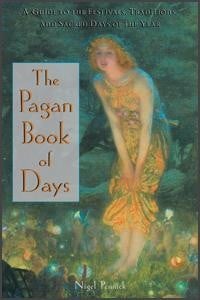 | 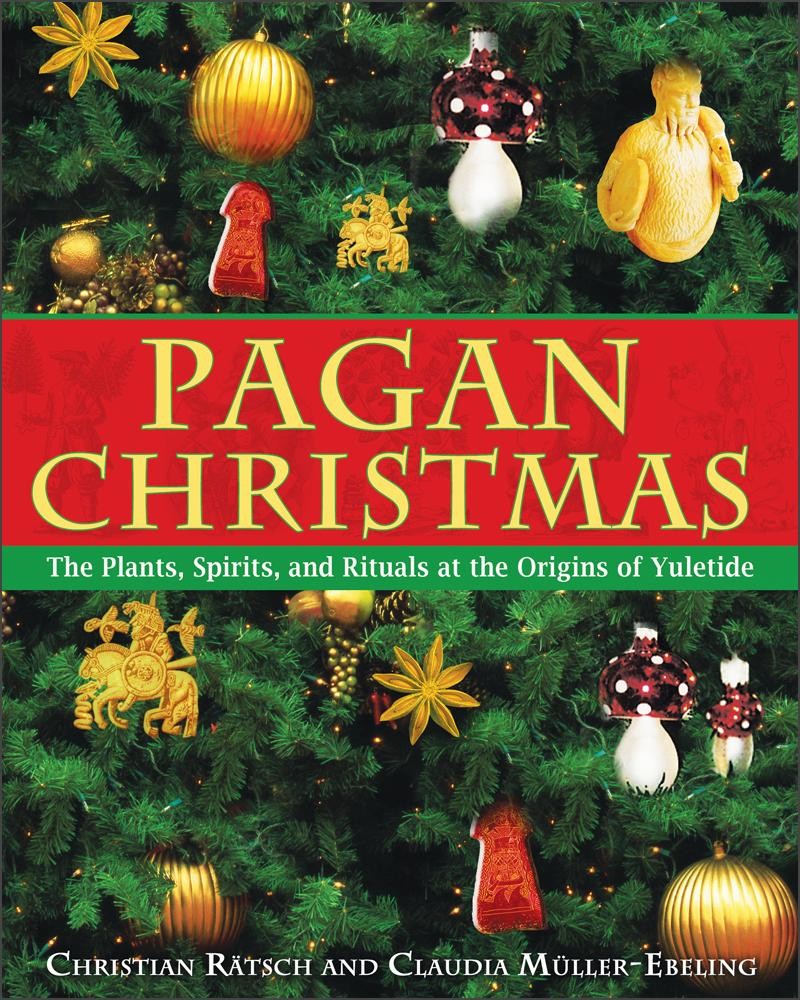 | 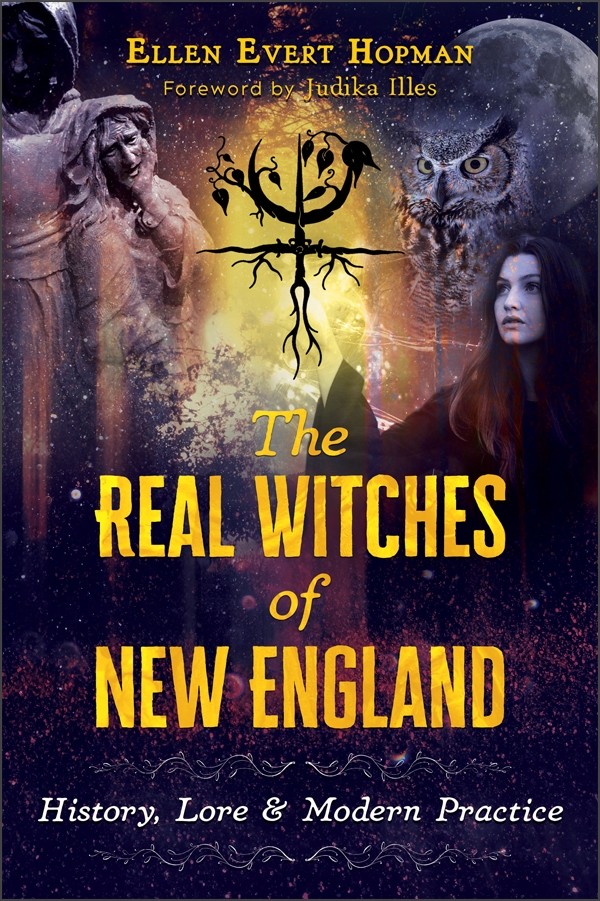 |
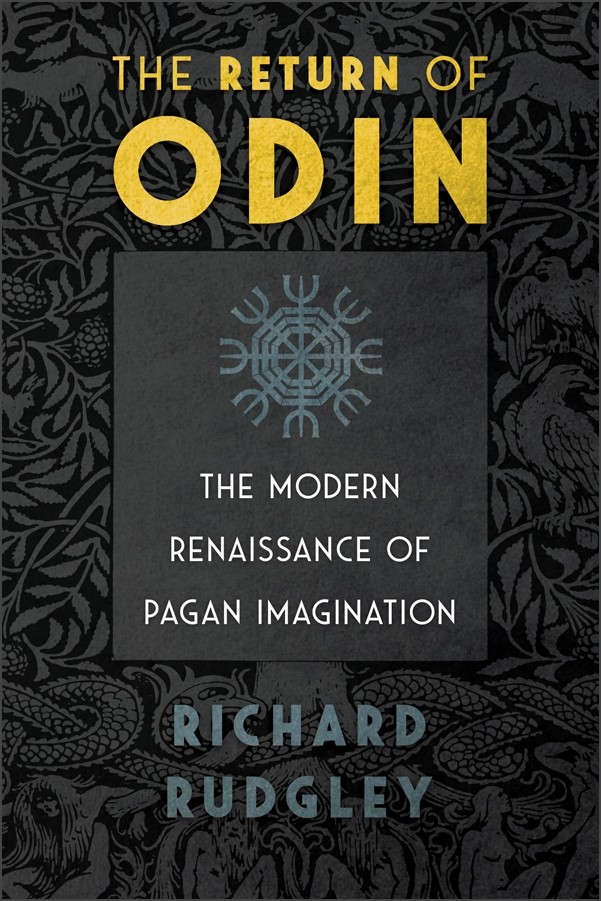 | 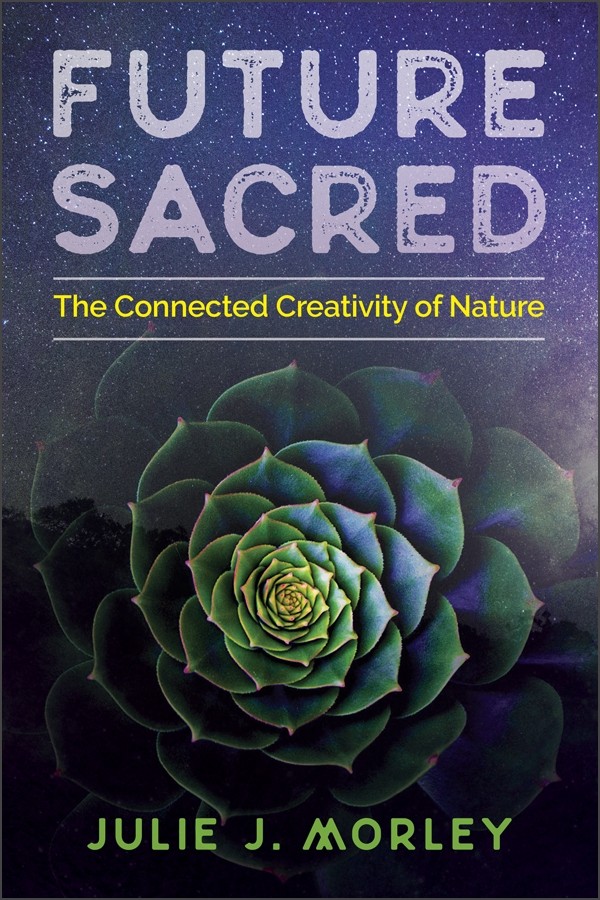 | 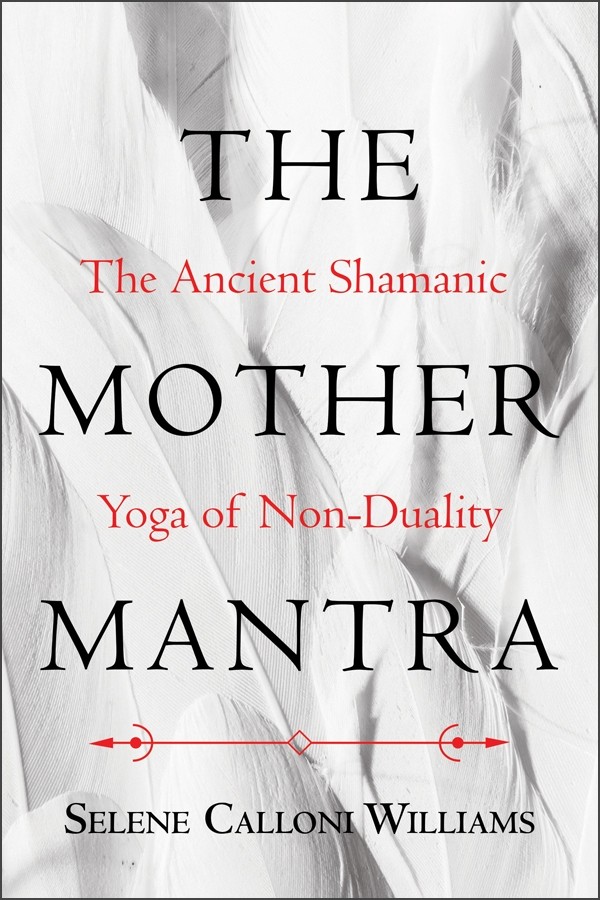 |
|
|
|
|
|


